Rock climbing in Ethiopia has a very long tradition, at least dating back to the foundation of the first churches and monasteries in the country, many of which are located up sheer cliffs. These sanctuaries could have also been used as holy sites for the Jewish or pagan religions that predated Christianity’s arrival, stretching back in time much further.
For example, Debre Damo, which requires climbing a rope to access, was built at least as far back as the sixth century, but could have been a holy site before the arrival of Christianity for a few hundred years before that. Abune Yemata Guh Monastery is in a location that is just as exciting, halfway up a rock pinnacle that towers over the valley floor.
There was also an old imperial tradition for hundreds of years in Ethiopia of imprisoning male members of the royal family atop an amba or flat-topped mountain. This was both to protect them from enemies, in case the current emperor was killed and a replacement was needed, as well as to prevent these relatives from usurping the throne. Debre Damo was also used for this purpose, but Wehni near Gondar, Amba Alagi near Meqele, and Amba Mariam (Meqdella) and Amba Geshen, both near Lalibela, were better known for this.
Modern rock climbing, on the other hand, is just starting to catch on as an adventure tourism activity in Ethiopia. A few pioneers blazed the way in the 1990s and 2000s by following the aforementioned Ethiopian traditions and taking them to the next level. Since modern rock climbing allows ascent of much more difficult routes, there are still many first ascents to be had in this country that is twice the size of France.
In Ethiopia, there are a lot of great basalt, granite, sandstone, and limestone rock formations. All of them can be found in Tigrai, the most popular place for rock climbing in Ethiopia, but they can also be found in many other parts of the country. While sandstone and limestone are much softer and don’t hold climbing protection as well, it is for this reason that they also host interesting rock-hewn churches and monasteries, which have beautiful frescos and various treasures that are hundreds of years old, if not much older, carved into the soft rock. Tembien and Gheralta are excellent sandstone mountain ranges, with some limestone sections, as well.
Heading west through Tigrai, the scenery changes a ways past Adigrat, especially between the village of Enticho and the city of Adwa. Countless volcanic plugs jut 1,000m out of the green, highland plateau. The scene is intriguingly reminiscent of Guilin China (without its rivers) and is where Ethiopia made African history by defeating the Italian colonists in battle, decisively securing their continued independence. These mountains of igneous rock offer stronger anchor points and more friction than the sedimentary rock further east. They also offer views into neighboring Eritrea. On the other hand, it is not necessary to travel halfway across the country from Addis Abeba for interesting climbing spots. Between Gondar and Debre Tabor there are a handful of basalt ambas easily seen from the main road, including the famous Mount Wehni, topped with historical ruins.
This amba was first climbed in 2002 by the group Hot Rock, after a rockslide had destroyed the original stairs decades ago. There are ambas in other parts of the country that are also steeped in history. Debre Damo is located just north of the halfway point between Enticho and Adigrat in Tigrai. Amba Aradam is located just south of Meqele, and Amba Alagi is south of there. Halfway between Lalibela and Dessie is Amba Geshen, and just south of there is Amba Mariam (Meqdella). The wild horse sanctuary of Kundudo is on an amba northeast of Harrar.
At any rate, great climbing spots can be found all over the county, which is covered by dozens of mountain ranges and crisscrossed by river gorges. There are countless volcanoes, escarpments, and other features in Ethiopia, as the majority of the country is a rugged highland plateau. For logistical reasons, the two highest mountain ranges in Ethiopia, located in Simien Mountains National Park and Bale Mountains National Park, are great places to start. These national parks provide knowledgeable guides, armed scouts, and horses or mules for carrying gear. They also have good road access and maps. When exploring the Simien Mountains, a good place to start is the escarpment. The trail from Debark splits into two parallel tracks, the more popular scenic trail above the escarpment, which mostly follows the main park road, and the less popular route below the escarpment. Both have campsites, but, the higher the elevation, the more the precipitation, so the base of the escarpment will have less vegetation growing in the cracks of the rock to compromise bolts and other protection. Starting from below also provides a more rewarding experience, as vertical progress reveals better and better views.
In Bale Mountains National Park, there is one prominent cliff that can be seen from the main road, not far to the west of the headquarters at Dinsho. Also, when driving up to the Sanetti Plateau, numerous cliffs can be seen to the left, but up on the 4,000m-high plateau, there are out-of-this-world basalt columns, including some that are freestanding. One of the more spectacular areas is called Rafu. The other advantage of climbing up on the Sanetti is that it is so cold that vegetation is limited, so there are more good clean cracks to exploit in the rock.
There are also some great crags in Addis Abeba’s backyard. These include basalt cliffs with anchored bolts on the north and south sides of the Entoto Mountains, which run east and west, just north of the capital. Amora Gedel, is just uphill from the French Embassy on the south side of the range. Other rock formations on the north side are accessed from the top of Entoto Steet. These basalt cliffs have bolted anchors on many of their routes. Mount Yerer, southeast of Addis Abeba has some great cliff faces as well, both inside its crater and out. Most are best accessed from the southwest side of the mountain. These routes do not necessarily lead to the highest point of the mountain, though. For that, it is best to approach from the northwest. Mount Damocha in the protected Suba-Sebeta (formerly Menagesha) Forest, west of Addis Abeba, also has some great crater walls to climb on its eastern inner rim. The approach from the west avails higher-elevation road access, and the footpath beyond exploits a gap in the crater wall, but hiking up and over the rim from Addis Abeba to the east is also possible.


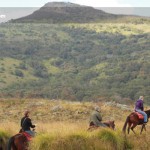

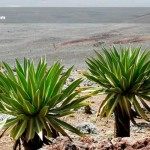
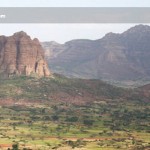
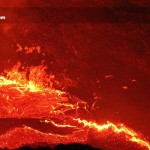
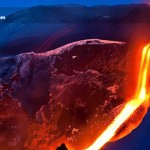
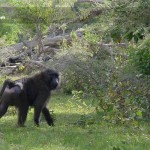
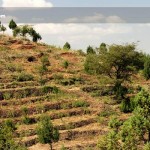
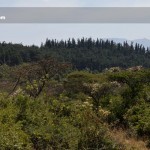
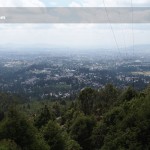
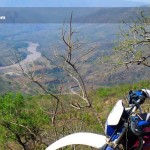

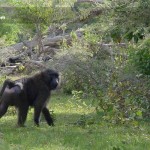
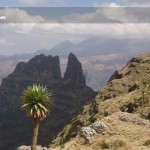

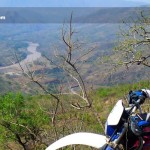

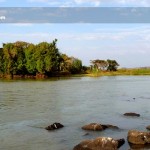
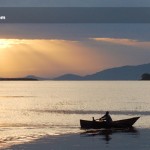
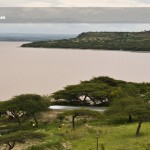
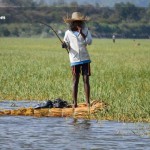
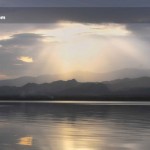

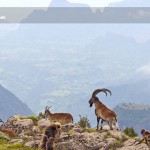


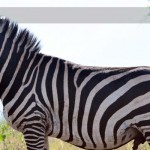

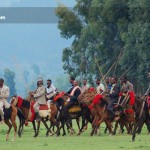
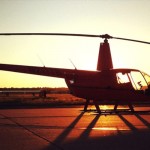
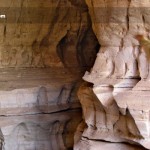



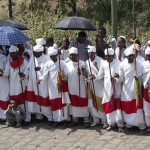
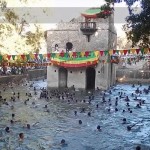

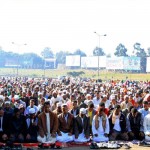

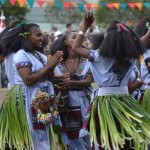
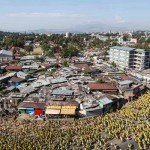
Recent Comments